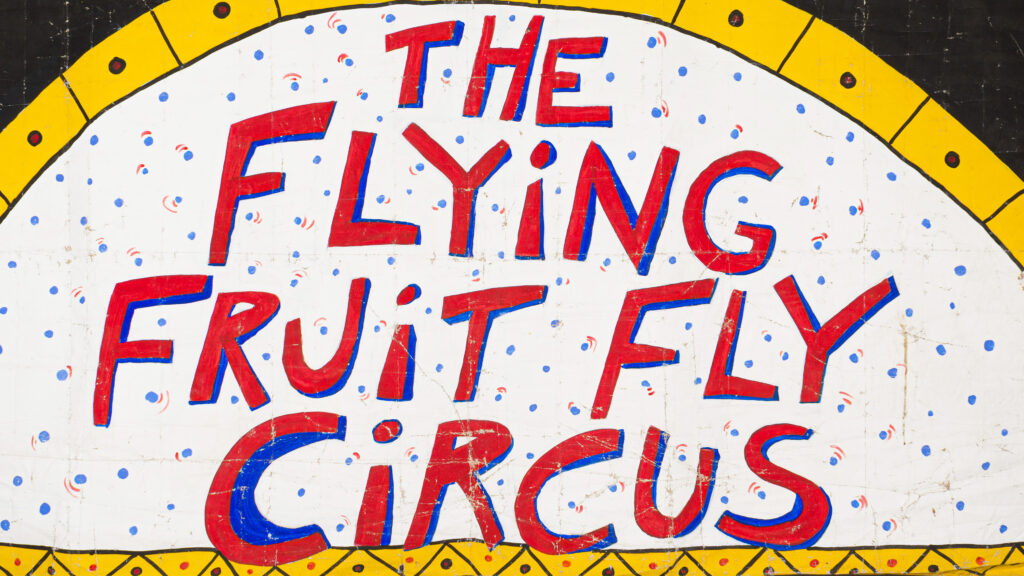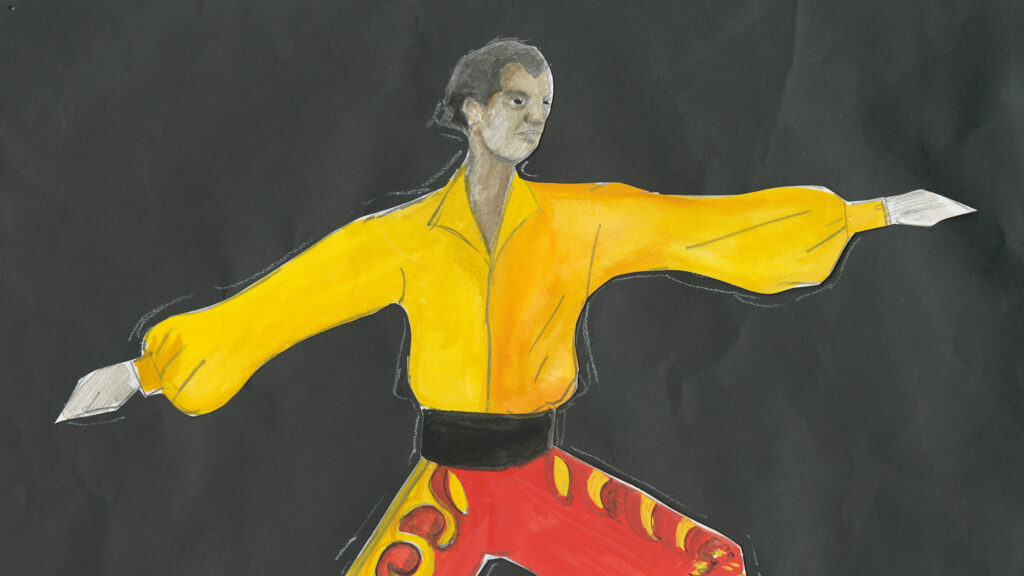
When it comes to the history of circus arts, Australia has a major claim to fame: tightwire artist, Con Colleano (1899-1973). Born in Lismore, Colleano started performing when he was just a child and later become an international success by perfecting the forward somersault on a tightwire – a feat previously considered impossible seeing as […]
Read More…
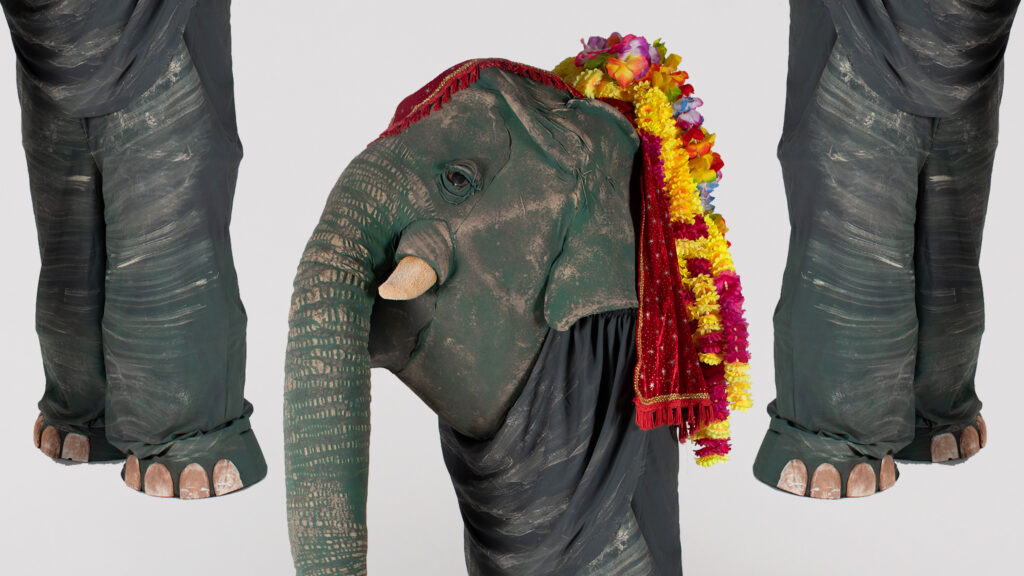
When Felix’s father dies in a bushfire, it seems a long-standing promise has been broken. However, after the ten-year-old is whisked away to the big city, a magical book takes him on a rollicking journey across foreign lands which might help him come to terms with the loss of his father. Of course, not without […]
Read More…
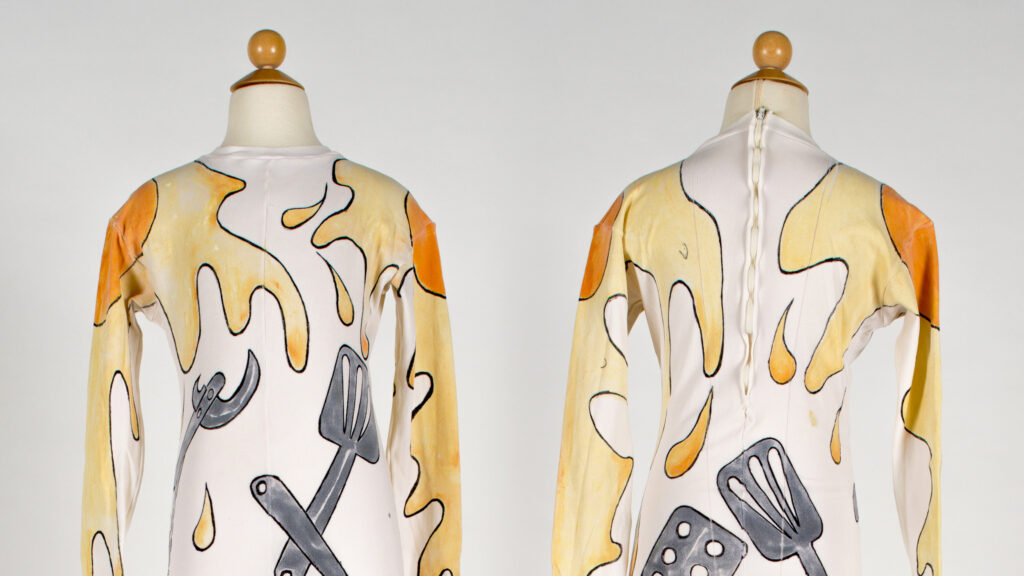
When the Nanjing Acrobatic Group returned to Albury, what once felt totally unconventional had become a warm reunion between friends. Most of the trainers had conducted the three-month training program which had happened two years prior. Now, the troupe (which included Lu Yi, Lu Guangrong, Chen Meihong, Yang Xiaodi, Liu Yinghai, and Qian Jianping) were […]
Read More…
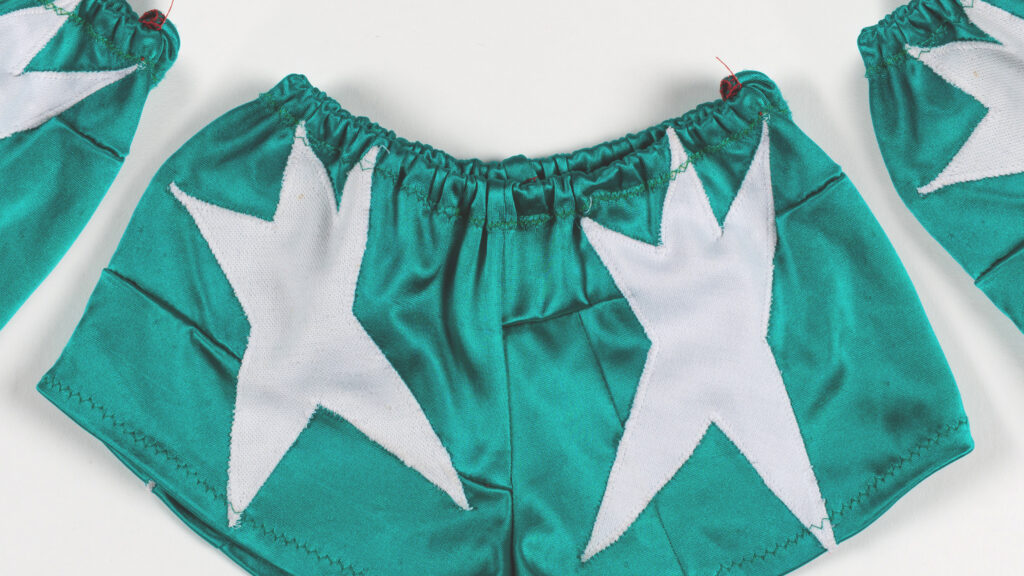
As the train ambled into the Albury train station in 1983, it was met by a motley crew of excitable children and adult circus performers. An admittedly off-kilter marching band announced the arrival of the Nanjing Acrobatic Group as they cautiously stepped onto the platform and eager clowns rushed to greet them. One attendee wore […]
Read More…
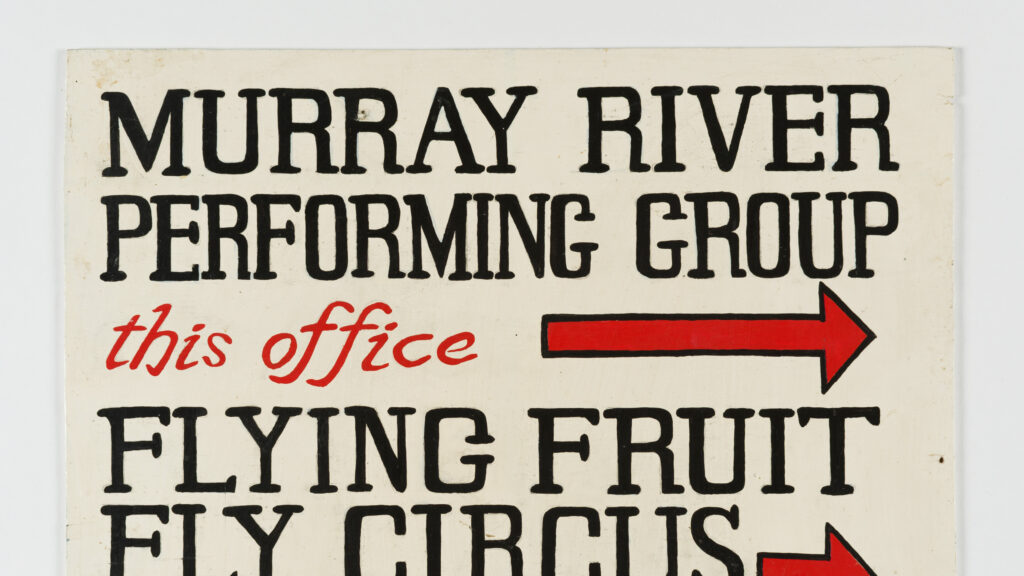
After the first Flying Fruit Fly Circus (FFFC) show in 1979, the Murray River Performing Group (MRPG) were keen to continue working with the children who had made it such a success. To build their skills further, the group invited some big names in Australian circus arts to become trainers, including Pixi and Jim Anderson […]
Read More…
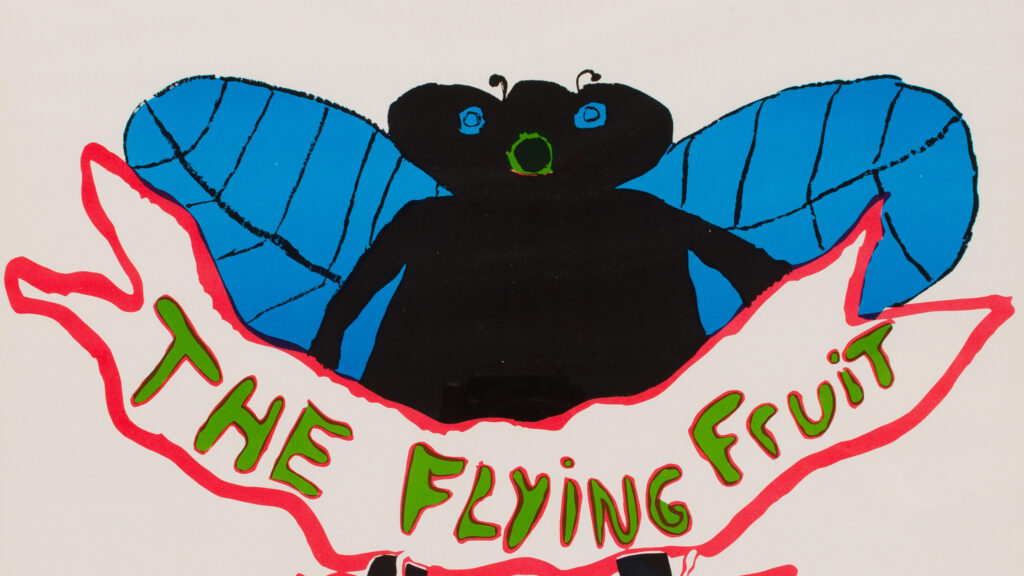
When the Murray River Performing Group began in 1979, it was made up of only nine artists who had dedicated themselves to performing and touring theatrical productions in Albury-Wodonga and throughout the Murray River region. Clearly committed to their goal, within one year the group had managed to perform in over forty venues. However, the […]
Read More…
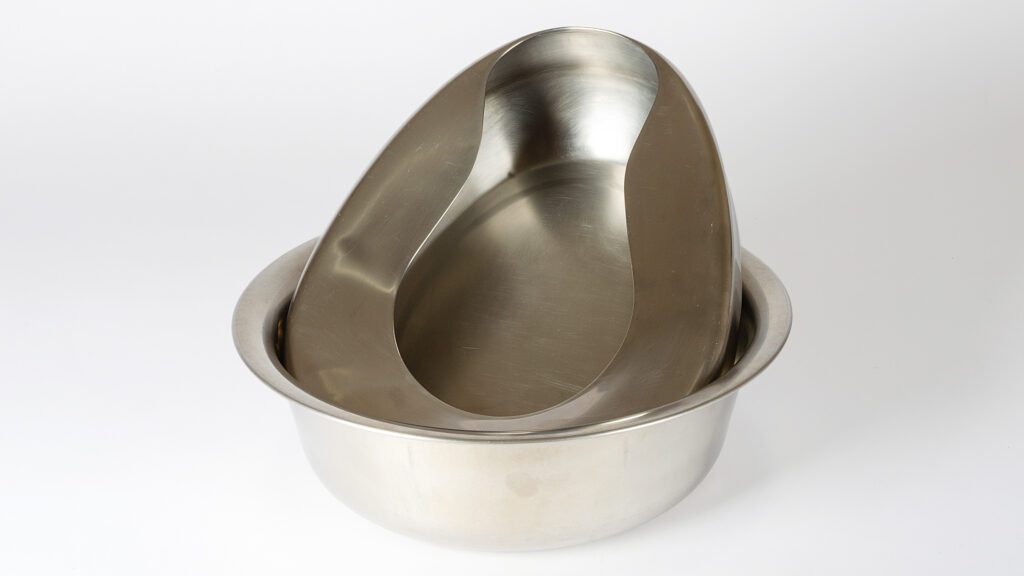
Don’t be deceived – these sparkling clean stainless steel vessels have a far from pristine history. Originally from Narrabri District Hospital, this bedpan was used by patients to urinate and defecate, while the basin could assist with any necessary washing. Made from Paramount stainless steel, they would have been used, cleaned, and then used again. […]
Read More…
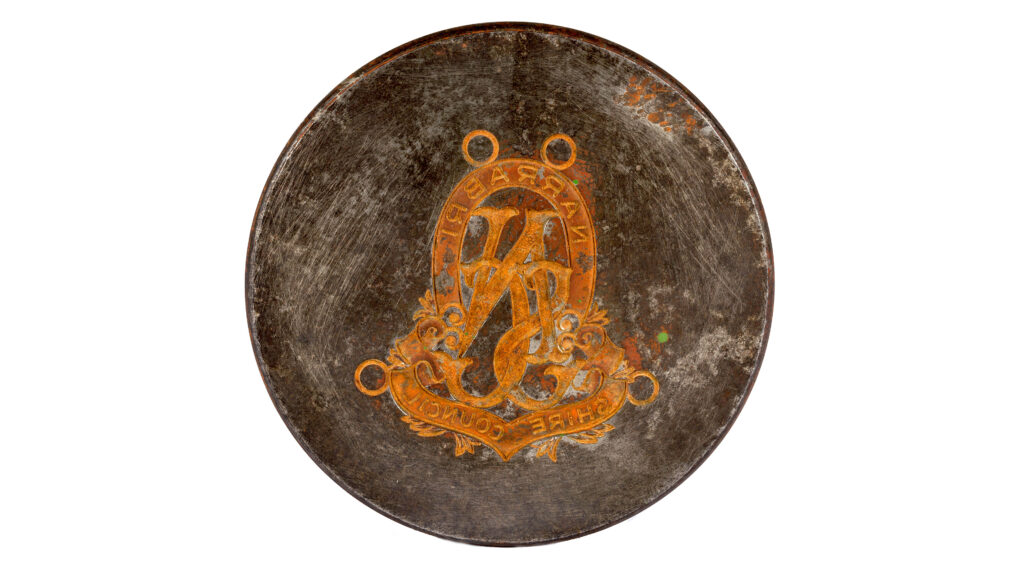
Weighing in at a hefty 15 kilograms, the seal of the Narrabri Shire Council is more than capable of impressing its mark on paper or wax. Seals have a rich history dating back to the Middle Ages, serving as to authenticate legal documents, records, and personal letters. This seal bears engravings of a cow, sheep, […]
Read More…
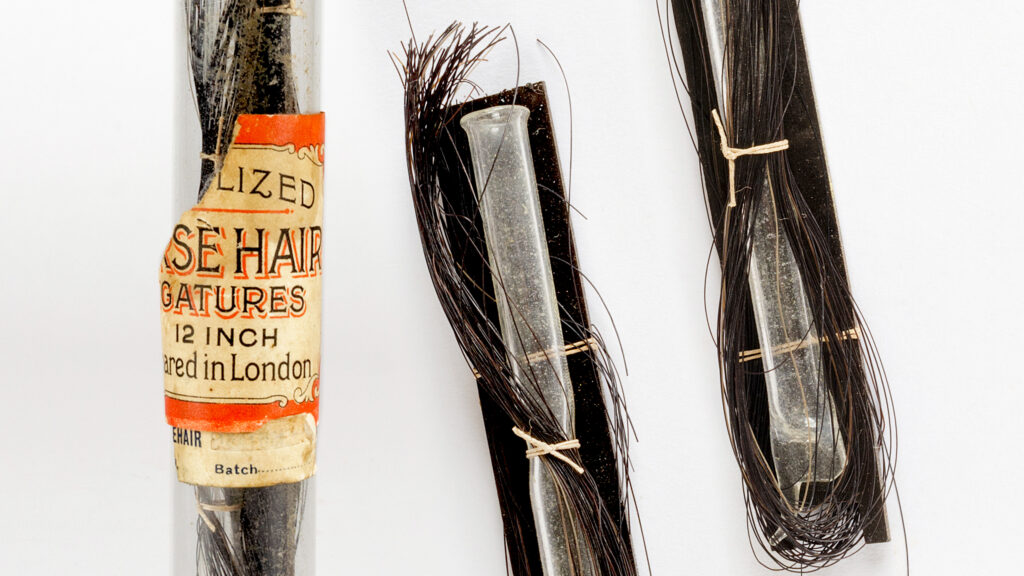
Don’t worry, they’ve been sterilised! Far from the synthetic stitch we know and love today, horsehair was once the star of modern surgeries. To reach the operating table, where they were used as sutures, this horsehair underwent a rigorous process to ensure they were suitable for use. After being precisely collected, measured, and cut, it […]
Read More…






